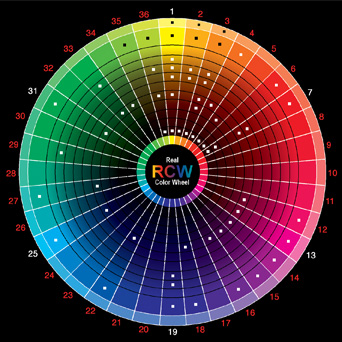For my first workshop this session - architecture in motion, I made a short stop motion film. Though 'short' is debatable as the film had to be 'longer than 20 seconds', and my film (along with most people in my tut) was considerably longer than that.
Reflecting back on this workshop (as I had no idea what to write in this blog before being enlightened today - I'm one of the engineering students, I need instructions!) despite the painful amount of work we had to do, it was really really fun. I can't deny that it is hardwork.
For the progression marks be to good, everyone in this workshop pretty much have to cobble together a complete stop motion film in three weeks despite the fact that most of us haven't even heard of stop motion film before this. I mean, we've all seen stop motion films, but very few of us were aware that they are 'stop motion films'. And I think only one or two people in the workshop has ever made one before. Not to mention the insane amount of content we had to put into the film while grappling with the concept of a 'spatial narrative'.
I was one of the people who were guilty of creating a plot driven narrative as opposed to a spatial one, but thing is, we were really given feed back on the difference between the two until week 3, when I had already made most of my film. At that point, the only choice is to go on with what I already have.
The thing I really should have done when the feed back came back in week 3 was to push more drawing components in. At the time I had two transitions that I haven't yet finalized so I could've easily made both drawing components. In my defence I did try, but it really wasn't enough.
Now I have gotten most of the angst about my film out (though I'm quite happy with my final mark), I'm going to confess something. The William Kentridge research was really really annoying. Purely because at the beginning of the workshop most of us (or at least the people I talked to) thought the Kentridge research was a 'suggestion'. i.e. er, we really didnt have to do it. So when Meeray said that we were supposed to relate our film to Kentridge it was kind of a 'ok, we probably should've be told about this earlier...' moment. Since probably aside from Scott who did a Kentridge inspired film because he did something similar in high school, the rest of us had to be really 'creative' when doing the Kentridge research.
Though, I probably said this before, I really did like this particular workshop as I have learnt so much from making this film. The first one probably have to be what a stop motion film is. The other major one is that I'm really not cut out to be a photographer. Though as my digital camera died a while back and this assignment was entirely done using my mobile phone, the pictures weren't as bad as it could've been.
The last is light. Light, I have discovered, is EVERYTHING. I won't bore you with the details, but finding a place where i can photograph my stills without weird light effects was such a pain. And natural daylight works the best. Nothing really beat natural light. Once its dark, photographing something on a flat surface is just painful. Also, the spatial component in my film is heavily based on how light interacts with a space. It dictates the mood of a room, allows for a sense of time and when the light moves, your eyes are subconsciously drawn to follow it.
Some minor points include my discovery that a little clay can go a LONG way. Though play-doh may be cheaper (I wouldn't know, have never bought any in recent memory), clay PRODUCES. I used about a fifth of my pitifully small and horrifically expensive lump of clay to create all the modelling effects in my film.
Oh yes, and that charcoal sticks can produce some really amazing things when used properly. Though beware smudging. A good way that I found was to wrap the charcoal in a piece of tissue paper or some plastic.
Now at the end of my one and only architecture in motion blog, I would like to say, that despite all the frustrations, it had been really fun and I did learn a lot. More than an entire session of BENV1080.
I was going to upload the final version of my film but for some reason blogspot won't allow me to upload. Merray should have my film on a cd still so it should still be around FBE somewhere. I will try and upload it again tomorrow but unfortunately, I can't guarantee anything. My luck is notoriously bad with computers...
